Maya Hey, Jose A. Cañada, Alicia Ng
The Centre for the Social Study of Microbes (CSSM) is a hub for social scientists, artists, and our collaborators to conduct research on human–microbe relations. Founded in 2021 with funding from Wellcome, CSSM aims to develop new approaches to making sense of microbes, their lifeways, and our entanglements with them.
The CSSM has its roots in a few Helsinki-based projects that, beginning around 2018, started to investigate recent changes in the roles, imaginaries, and representations of microbes in society. Phenomena like the fermentation boom, the rise of pandemic preparedness (pre-COVID), and the declaration of antimicrobial resistance (AMR) as a global emergency served as a starting point. We soon noticed that many researchers have shared interests in related areas like probiotics, fungi, marine microbes, gut microbiota, and soil. The CSSM is an attempt to bring together these researchers to see what is common across these topics in the ways that microbes are theorised and studied. Thus, we imagine the Centre to be more of a meeting point to facilitate such objectives rather than organising itself as a conventional research group or project with predefined outputs or timelines with work packages.
In particular, our interest in stepping out of laboratory settings—which have historically been the place for studying microbes—challenges us to seek non-academic collaborators such as artists, practitioners, and multimodal communicators. This has motivated CSSM members to, from the outset, explore non-traditional ways of organising activities and collaborations, while also questioning the rigid boundaries set by academic hierarchies, disciplinary limitations, and claims to validity and expertise.
Why study microbes? Microbes permeate our worlds, leaving no person, place, or being unaffected. Microbes—such as bacteria, moulds, yeasts, archaea, and protists—are not only biological entities but also shape, and are shaped by, our social worlds. Whether in settings as innovative as biomanufacturing or as mundane as handwashing, microbes raise profound questions such as: who or what is acting, who is governed and how, how is microbial knowledge produced and by whom, and what are the methods-in-action for studying organisms with, without, and alongside science? As STS and adjacent fields gather around a microbial turn in and beyond the social sciences (Brives and Zimmer 2021, Eisen 2014, Paxson and Helmreich 2014, Sariola & Gilbert 2020), we see the need for new social scientific tools to analyse the complex and entwined relationships between humans, animals, plants, microbes, and environments. Studying microbes shows the limits of a siloed approach, and so CSSM places a strong emphasis on multiplicity and multiple ways of knowing. We aim to expand our collaborations across disciplinary or geographic bounds.
Our membership is well described as a rag-tag bunch, with the phrase “Motley Crew of Holobionts” written into one of our office placards.Topically, CSSM spans research on AMR, bioremediation, composting, emerging biotechnologies, fermentation, lay/vernacular expertise, marine microbes, vagus nerve, and more, with approaches that inflect feminist, queer, posthumanist, and de-/anti-colonial commitments. Core group members hail from disciplines like sociology, anthropology, psychology, communications, design, environmental science, food studies, global development studies, public health, policy, and philosophy. What unites CSSM is thinking with and through microbial life. In fact, in an attempt to foster inclusive, egalitarian, and multiple ways of knowing, CSSM follows an organisational model inspired by slime moulds who evolve without a central governing body.
We found inspiration in slime mould organisms as a way of countering organisational hierarchies within academia. Slime moulds are a group of mostly microscopic organisms that exist as an acellular entity, meaning they are unbound by cell walls and are instead characterised by having multiple nuclei and nodes that seek out nutrients and habitats. Slime moulds have been studied extensively in artistic and scientific inquiries, often to model distributed intelligence and decentralised decision-making. As artist-researcher Heather Barnett (2019) explains, slime moulds offer insights into polycephalism, a heuristic “to connect diverse ways of thinking and working in a process of co-enquiry.” CSSM takes seriously the slime-mouldian approach to non-hierarchical organisation, and multi-headedness. This means that, while CSSM has mechanisms to ensure that activities can take place, we leave the specifics of such activities, and therefore the outputs, intentionally under-defined so that they can emerge among CSSM members.
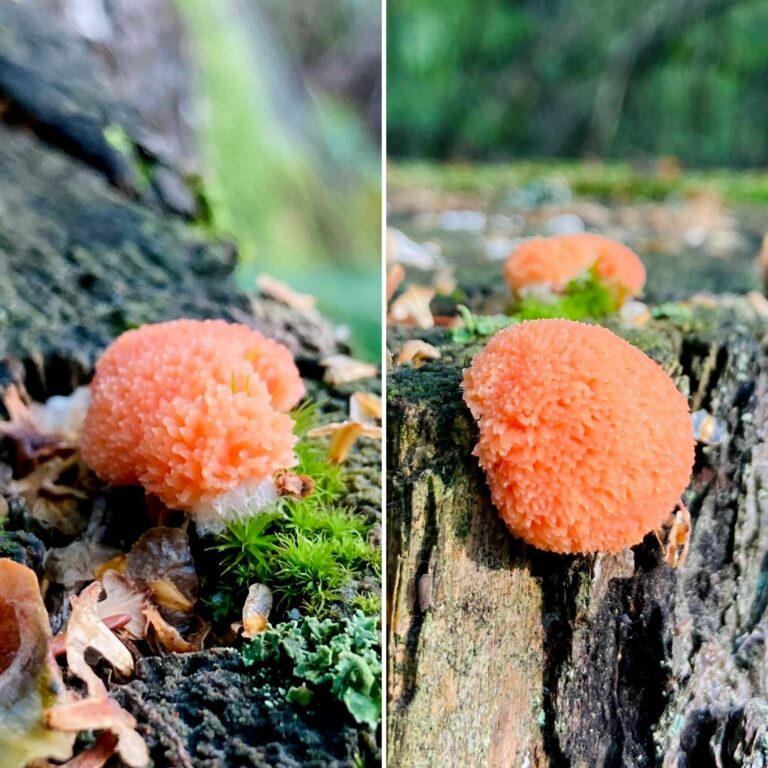
How we study microbes can be characterised in three ways: a distributed, experimental, and far-reaching approach.
CSSM champions a distributed approach, aiming for a less-hierarchical organisational structure given how university settings are rife with vertical power relations. The first year of CSSM was spent thoroughly consulting with feminist and sociocratic groups to clarify how we would conduct ourselves and set up our infrastructure. Our efforts since then have culminated in “safer space acknowledgements” that, similar to land acknowledgements made in Commonwealth countries, make explicit the asymmetrical power dynamics of any gathering and offer alternatives to the strictures imposed by professional decorum. Our steering group is composed of folks from different career stages, including PhD students, who participate in decisions ranging from hiring to resource allocation, and steering group membership rotates so that different people can take part. Implied within the CSSM ethos is that no one person, research area, or disciplinary background trumps the others in terms of value or stature. Instead, CSSM congregates across different projects (e.g., FIMAR, CrimScapes, Microbial Lives) in order to cross-pollinate. With no single figurehead dictating CSSM activities, this distributed approach allows for a low threshold for diverse activities.
CSSM activities are self-organised based on an experimental approach to thinking–doing research otherwise. Our engagements with microbial inquiry go beyond discussions in seminar rooms to do activities like fermenting, gardening, eating, foraging, composting, or practising different modalities for accessing microbes/methodologies, like sound recording and microbial whispering. Not only does this spirit of experimentation have methodological and pedagogical implications, it also epitomises the range of affinities that shift and multiply based on colleagues who come, stay for a bit, then continue on their way. In 2023 alone, CSSM hosted ad-hoc meetings with Roberta Raffaetà, Matthew Wolf-Meyer, Timothy Gitzen, Michael Hathaway, Tiffany Mak, and Shiho Satsuka, often over food, often in relation to their new or forthcoming projects. (Anybody who has witnessed our lunch routines will know that terms like ‘ad-hoc’ and ‘self-organised’ are modes of being at CSSM.) Other examples of thinking-by-doing include an AI workshop (March 2023), a spirulina workshop on reciprocal relations, a microbial wellness/spa day, as well as a series of improvisational dance and movement workshops hosted by our 2023 artist-in-residence.
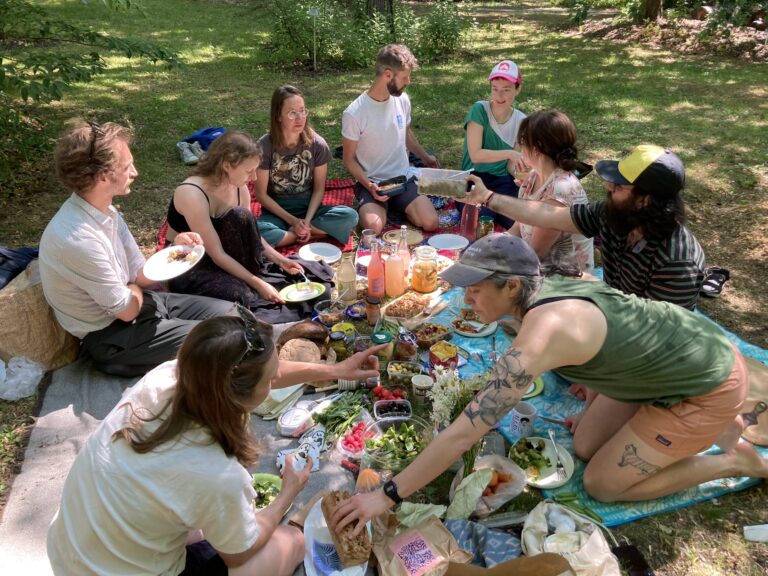
CSSM aims to be expansive and far-reaching, both conceptually with microbial STS and literally with collaborators and resources. While CSSM is based at the University of Helsinki, it does not stay contained within a building or campus, with collaborators at national and international scales and semi-annual cohorts of visiting fellows enlivening and broadening our research. Our 2023 Fellows included: Aman Asif, Santiago Kaderian, Astrid Schrader, Kari Lancaster, Kaajal Modi, Antonia Modelhart, and Lukáš Senft, with more in the coming years. CSSM has also invited members of the Center for Practice Theory at Lancaster University for an onsite workshop, and has also funded offsite workshops in Prague (May 2023) and Edinburgh (scheduled for February 2024). In September 2023, CSSM hosted its first of four PhD schools with 14 students hailing from America, Asia and Europe. After a year full of international visitors, we are starting to say phrases like “once a CSSM fellow, always a CSSM fellow” and “let’s scheme for next year.” With all sorts of chatter in our backchannels, we are seeing our hub slowly come to fruition.
Our work at CSSM is both theoretically motivated, as much as it is practically grounded, and our aim is that these twin emphases can co-produce one another. We are not only a data-producing project; we are also building research infrastructures through novel research questions, radical approaches, and expansive modes of collaboration. The misnomer of CSSM is that we are not a centre, but an aggregate of interests that happen to coalesce around the social study of microbes. Our nodes can—and do—go every which way. We look forward to where they might lead us!
Works Cited
Barnett, H. (2019). Many-Headed: Co-creating with the Collective (A. Adamatsky, Ed.; pp. 13–37). River Publishers. https://www.riverpublishers.com/book_details.php?book_id=706
Brives, C., & Zimmer, A. (2021). Ecologies and promises of the microbial turn. Revue d’anthropologie Des Connaissances, 15(3), Article 3. https://doi.org/10.4000/rac.25068
Eisen, J. (2014, October 30). Rediscovering some critical terms of use in microbial discussions: #microbiomania and #microbophobia. The Tree of Life. https://phylogenomics.blogspot.com/2014/10/rediscovering-some-critical-terms-of.html
Paxson, H., & Helmreich, S. (2014). The perils and promises of microbial abundance: Novel natures and model ecosystems, from artisanal cheese to alien seas. Social Studies of Science, 44(2), 165–193. https://doi.org/10.1177/0306312713505003
Sariola, S., & Gilbert, S. F. (2020). Toward a Symbiotic Perspective on Public Health: Recognizing the Ambivalence of Microbes in the Anthropocene. Microorganisms, 8(5), 746. https://doi.org/10.3390/microorganisms8050746
Author Biographies
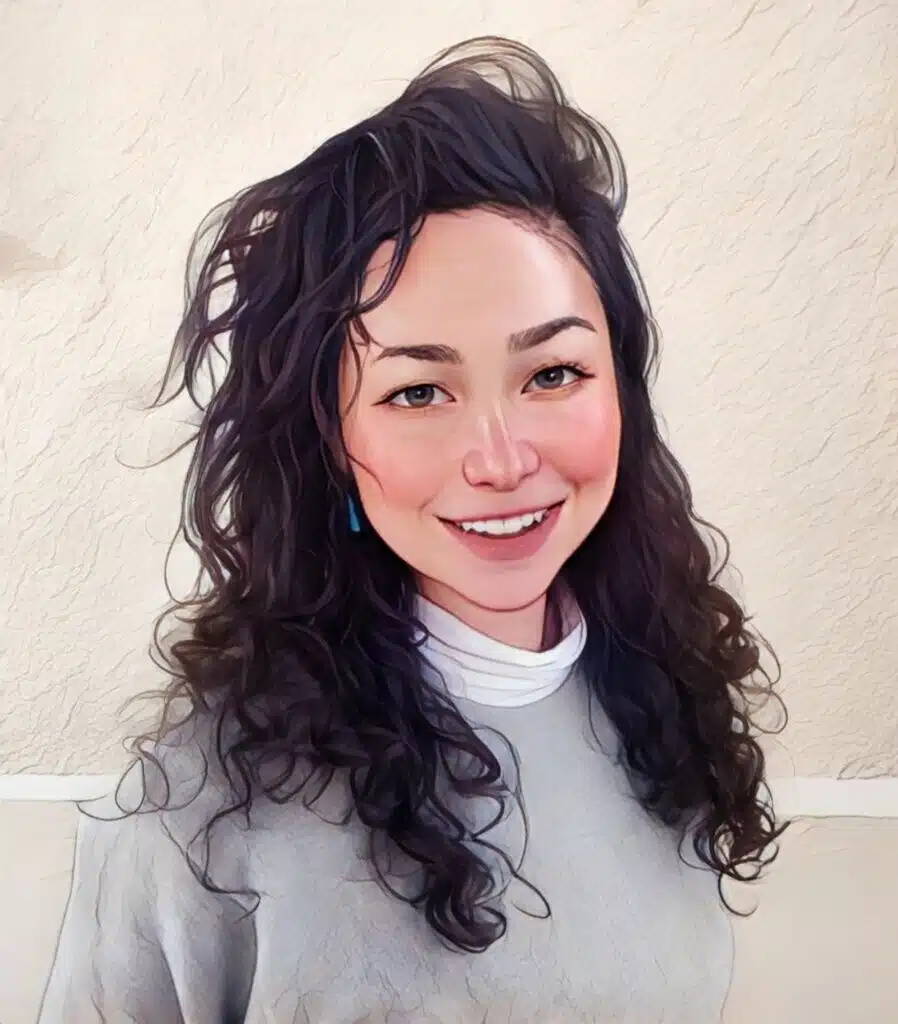
Maya Hey
Maya Hey is an expert on human–microbe relations in food settings, holding degrees in dietetics, food studies, and communications. In her current role as a postdoctoral researcher with the Centre for the Social Study of Microbes (University of Helsinki) she studies fermentation and the material practice of how we come to know microbial life. Departmental appointments have ranged in discipline from media studies to rhetoric to sociology, where she has taught courses in critical thinking, articulation theory, special topics in food/media, science writing, and making/doing workshops. She leads the group fff|food feminism fermentation and is passionate about open education and pedagogy.
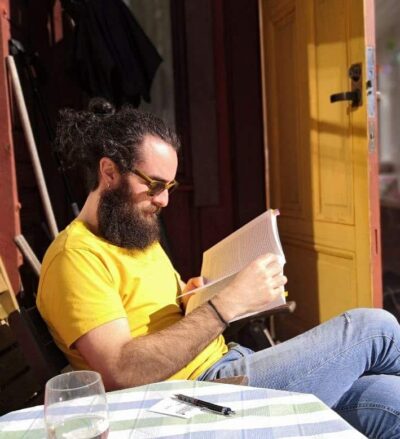
Jose A. Cañada
Jose A. Cañada (they/them) is a multidisciplinary social scientist with an emphasis on Science & Technology Studies (STS). They have developed most of their career at the University of Helsinki, where they earnt a PhD in 2018. Currently they hold a University Researcher position linked to the Centre for the Social Studies of Microbes and study the reconfiguration of more-than-human relations in aquatic environment, looking at the proliferation of cyanobacterial blooms in Finnish water bodies and the way interaction between humans and environment changes in the context of the ongoing ecological crisis.
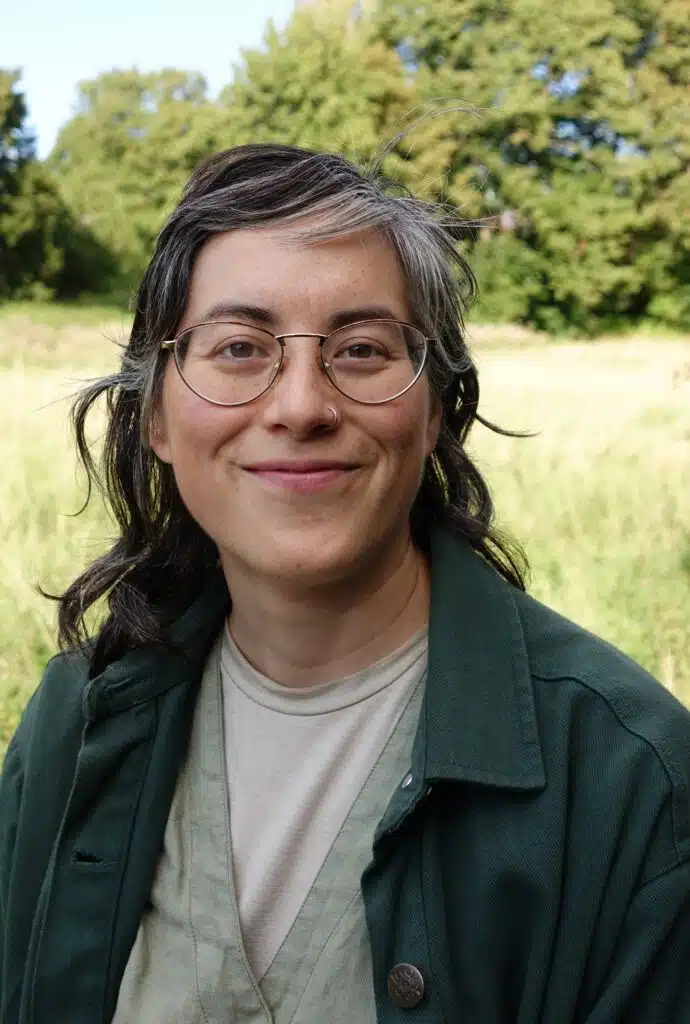
Alicia Ng
Alicia Ng (she/they) is a PhD researcher at the University of Helsinki, Finland and is a member of the Centre for the Social Study of Microbes (CSSM). Her doctoral research investigates multispecies and non/more-than-human perspectives in the microbially-based Nature-based Solution (NbS) known as bioremediation. As part of her upcoming postdoc work, she is also involved in the Multidisciplinary Center of Excellence in Antimicrobial Resistance Research (FIMAR).